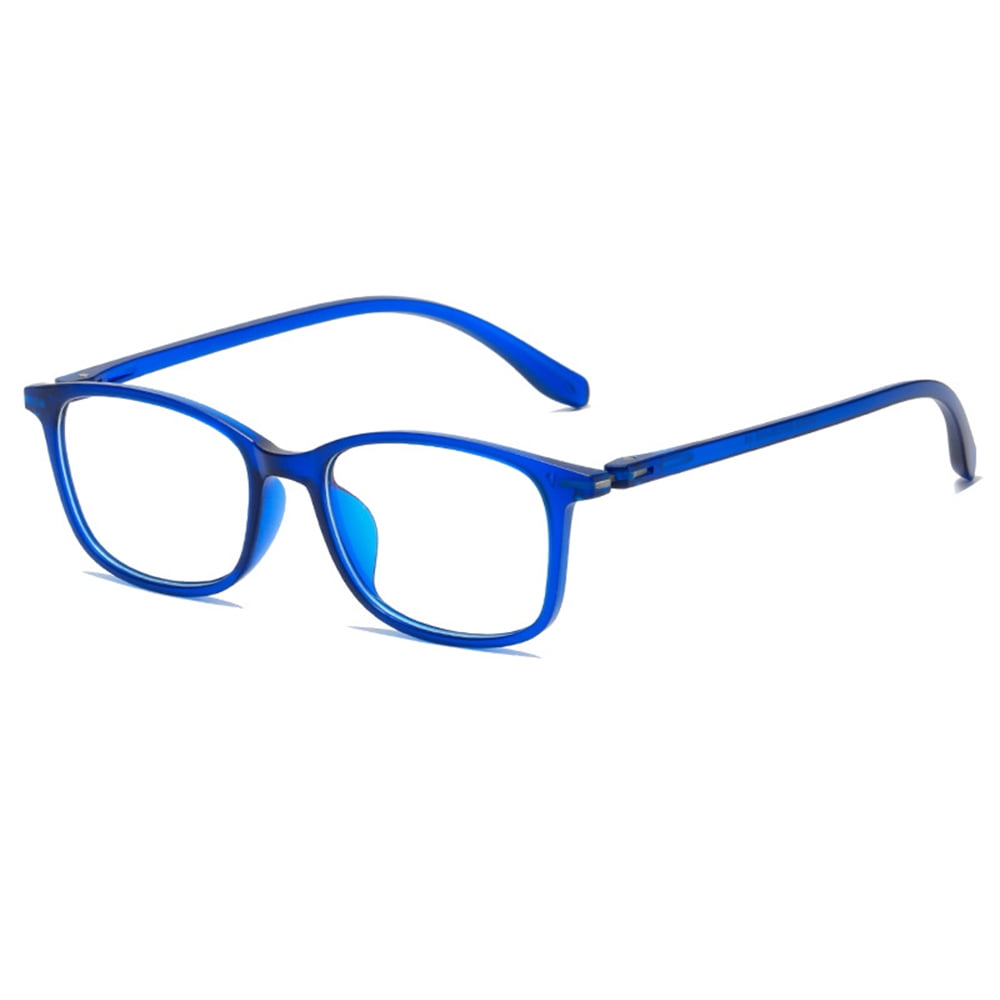

The treatment of uncomplicated corneal ulcers is usually rather straightforward, and most superficial ulcers heal rapidly with topical treatment. A bluish appearance to the eye usually indicates the ulcer is deeper or is chronic, and clients should be advised accordingly.


The size of the stain retention reflects the extent of the corneal ulceration.

The disruption of the corneal epithelium accompanying corneal ulceration can be readily seen when fluorescein stain is applied to the eye. Corneal UlcersĬorneal ulcers are one of the most common ocular problems seen by equine practitioners. A constricted, or miotic, pupil suggests that inflammation is occurring either in the eye or on the surface of the eye, whereas a normal pupil suggests the source of pain is extraocular. It’s always a good idea to examine both eyes as the normal eye will be a good point of comparison for the abnormal eye.īoth eyes should be examined thoroughly, paying particular attention to the size and responsiveness of the pupil. Painful or partially closed eyes usually indicate an ocular emergency, and such cases should be examined on the same day a call is placed. The presence of mature cataracts, while not affecting the cornea, can give a bluish reflection that may be noticed by observant clients. Of particular importance in horses are uveitis (intraocular inflammation) and glaucoma, two completely different conditions that can begin with confusingly similar presentations.Įxtensive neoplasia can cause eyes to turn blue. On the other hand, an eye that turns completely blue is an indication of a problem affecting the entire globe or anterior segment. A variety of conditions can cause a focal color change, including corneal scarring, corneal dystrophy, neoplasia or focal inflammation, such as is seen, for example, with corneal ulceration. How Much of the Eye?Īn eye that turns only partially blue is indication of a focal problem. Corneal edema can occur subsequent to conditions such as uveitis, glaucoma or endothelial dystrophy, to name a few. Excessive hydration of the cornea-due to any process that causes corneal edema-results in an opaque, cloudy cornea.Ī bluish color to the eye almost always means corneal edema, accordingly. The process prevents excessive corneal hydration, and without it the eye would be functionally blind.ĭeturgesence is a collaborative process between the impermeable corneal epithelium on the surface of the cornea and a metabolic transport system that exists in the corneal endothelium on the inside. The mechanism by which the cornea remains relatively dehydrated is called deturgescence, which is critical to normal corneal function and clarity. The corneal stroma does not contain as much water as it can hold. It behooves anyone caring for horses to recognize a few of the common ones. While clients may not know the reason for the change, they certainly recognize that the eye doesn’t look normal. Whether the blue color covers part or all of the horse’s eye, astute clients are sure to note the change. Equine veterinary practitioners are often presented with an eye that has developed an opaque light-blue color, not unlike that of a robin’s egg.


 0 kommentar(er)
0 kommentar(er)
